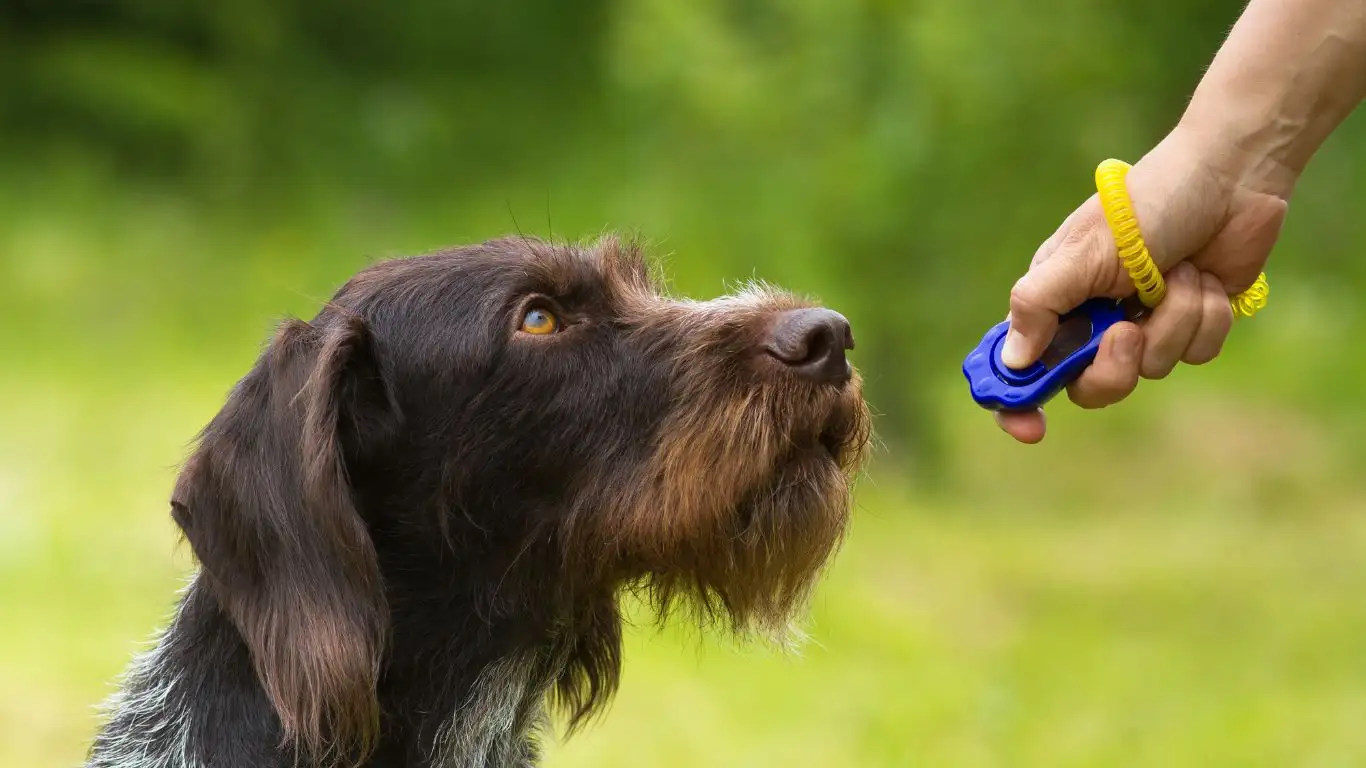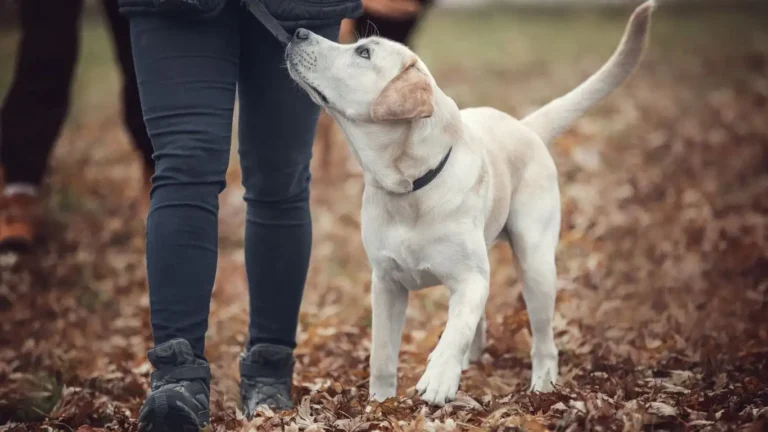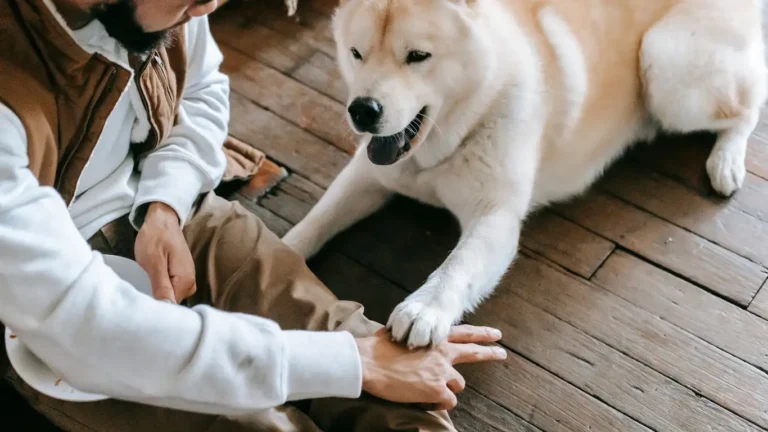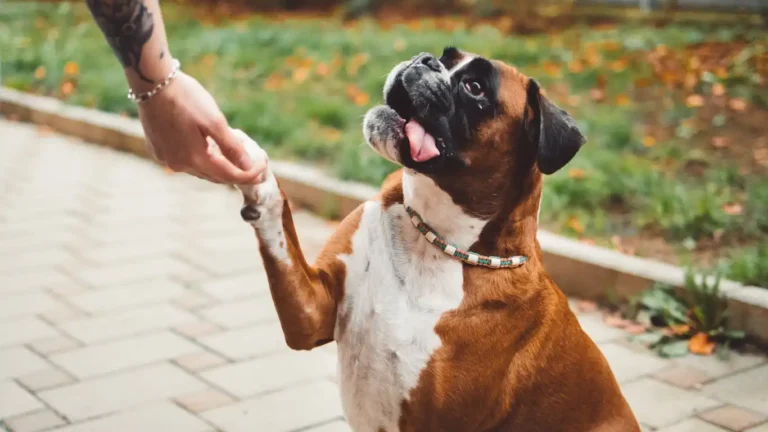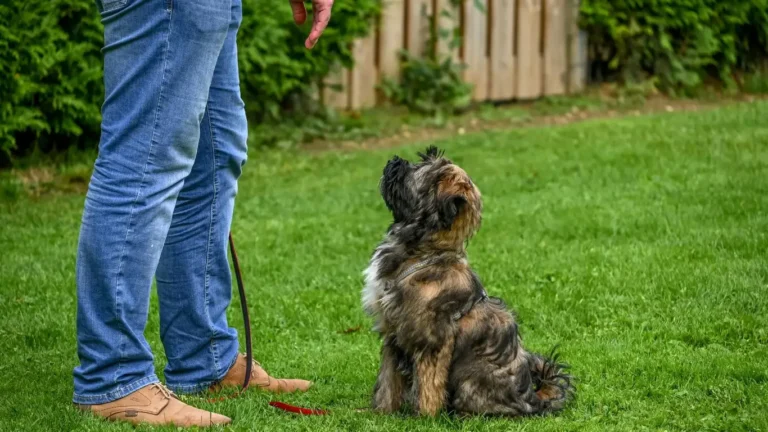Proven Tips to Master How to Train a Dog to Ignore Food in Public Spaces
If you’ve ever struggled to walk your dog past a dropped chicken nugget without them lunging like it’s a free-for-all buffet, you’re definitely not alone. One of the questions I get asked all the time as a Canine-Assisted Therapy Trainer is how to train a dog to ignore food in public spaces. Trust me, I’ve had my fair share of embarrassing moments where my dog zig-zagged through a park sniffing out every snack like a truffle pig. Teaching them to resist temptation isn’t just about manners — it’s about safety, trust, and peace of mind for both you and your pup.
Why Food on the Ground Is a Bigger Deal Than You Think
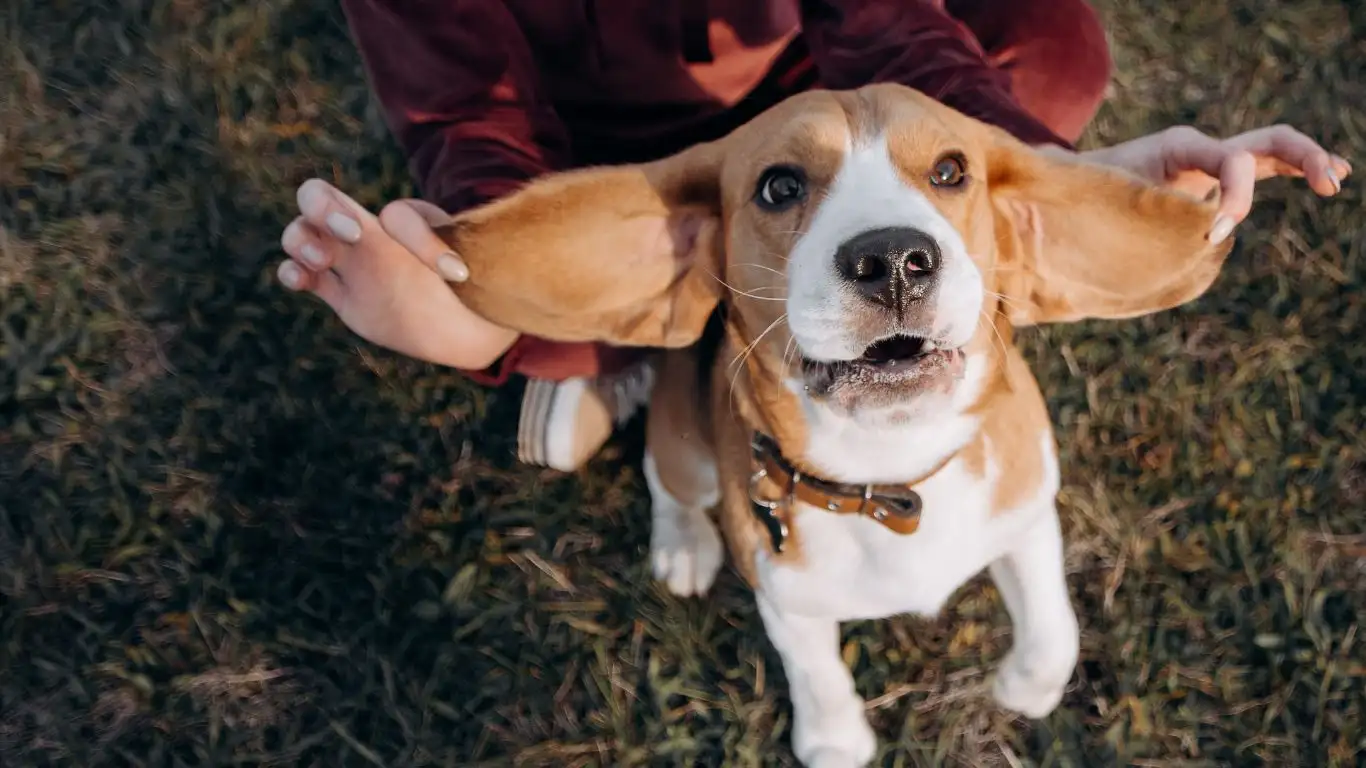
Dogs are natural scavengers — they’re wired to sniff, search, and snatch. But when you’re navigating a sidewalk littered with leftovers or training in a park full of snack wrappers, that instinct can turn into a real problem. I remember working with a golden retriever named Bailey who once tried to gulp down a half-eaten burrito mid-training. Not only did she end up with a nasty stomachache, but it threw off her entire session. From that point forward, I made ignoring food part of our core training goals.
Health Hazards of Eating Off the Ground
Besides the awkwardness of your dog snatching a toddler’s cracker, eating mystery food off the ground can lead to:
- Gastrointestinal issues like vomiting or diarrhea
- Toxic exposure from harmful ingredients (grapes, chocolate, onions—oh my!)
- Ingesting dangerous objects like bones, plastic, or wrappers
So, yeah — it’s not just annoying, it can be seriously dangerous. And if your dog is in a therapy or service role? Even more reason to take this skill seriously.
The First Step: Building Trust and Focus
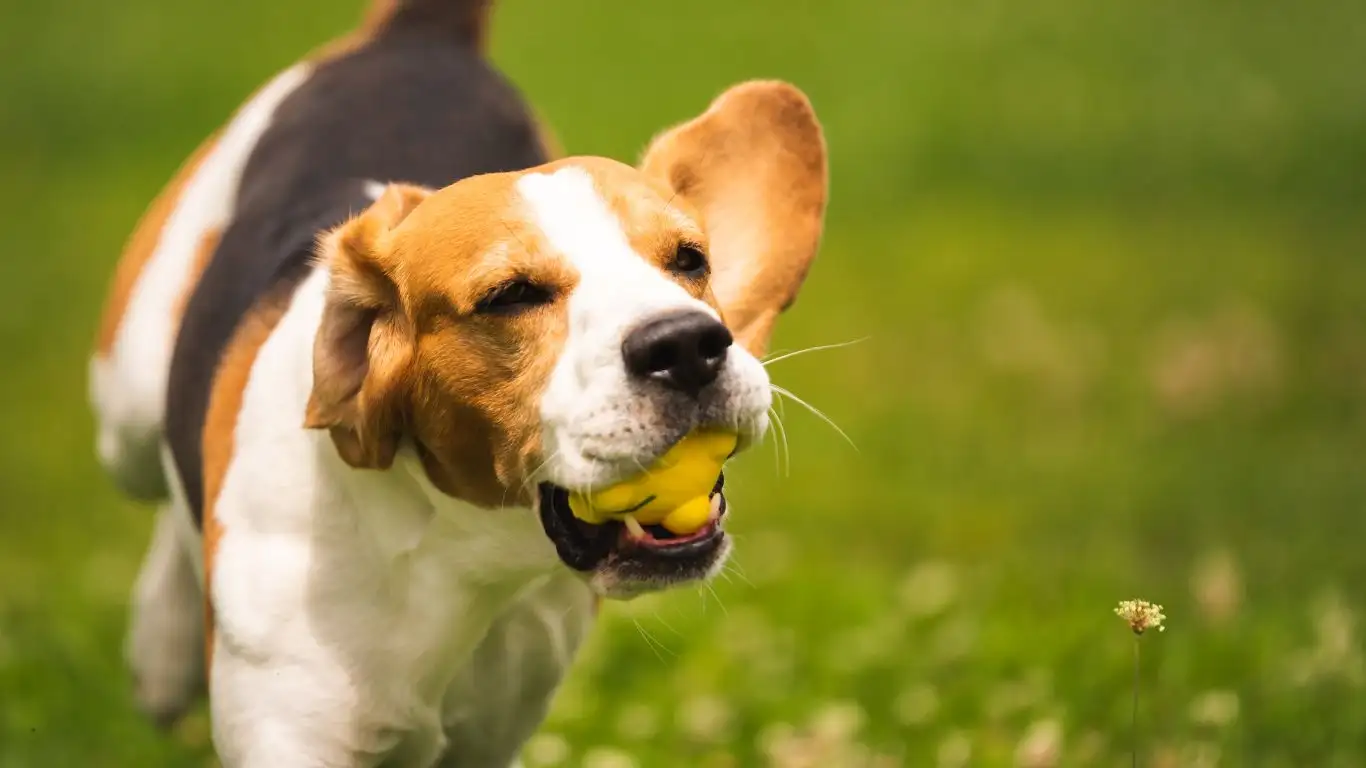
Before we get into drills and commands, you’ve gotta start with your relationship. If your dog doesn’t trust you or isn’t used to checking in with you, you can’t expect them to ignore food in high-distraction areas.
Use Engagement Games
One of my go-tos? The name game. Super simple, but wildly effective. Just say your dog’s name in a happy tone — when they look at you, reward with praise or a treat. Repeat in short bursts daily. This builds a “check-in” habit, which becomes gold when you need them to ignore that pizza crust on the sidewalk.
Start in Low-Distraction Environments
Think backyard, living room, or quiet streets. Begin by practicing commands like “leave it” and “look at me” in places where you have full control. Once your dog is nailing it at home, slowly up the challenge by taking training to busier areas.
How to Train a Dog to Ignore Food in Public Spaces: My Core Techniques

Okay, here’s where the magic happens. Let’s break it down — because I know you’re busy, and honestly, no one has time for complicated systems that don’t work in real life.
1. Teach “Leave It” Like You Mean It
- Start with a treat in your closed hand. Let your dog sniff, paw, lick — do their thing.
- The second they back off, mark it with a cheerful “Yes!” or click, then give them a better treat from your other hand.
- Practice until they don’t even try to go for the bait hand.
Eventually, move to treats on the floor. Cover them with your foot if your dog lunges. Timing is everything here — reward the moment they show restraint. This isn’t about being strict, it’s about being clear and consistent.
2. Use Real-Life Scenarios
I often bring my own “decoy snacks” on walks — think: a sandwich bag with bread crusts. We’ll drop one on the ground, walk past it, and use the “leave it” cue. If the dog ignores the bait, we celebrate like they just won the lottery. If not, we reset and try again. Rinse and repeat until it clicks.
3. Make Eye Contact the New Default
This one’s subtle but powerful. Every time your dog looks at you — especially in a distraction-heavy environment — reward it. I mean, really lay it on thick. This teaches them that checking in with you is more valuable than scavenging for scraps.
Reinforcing the Behavior in Public Spaces
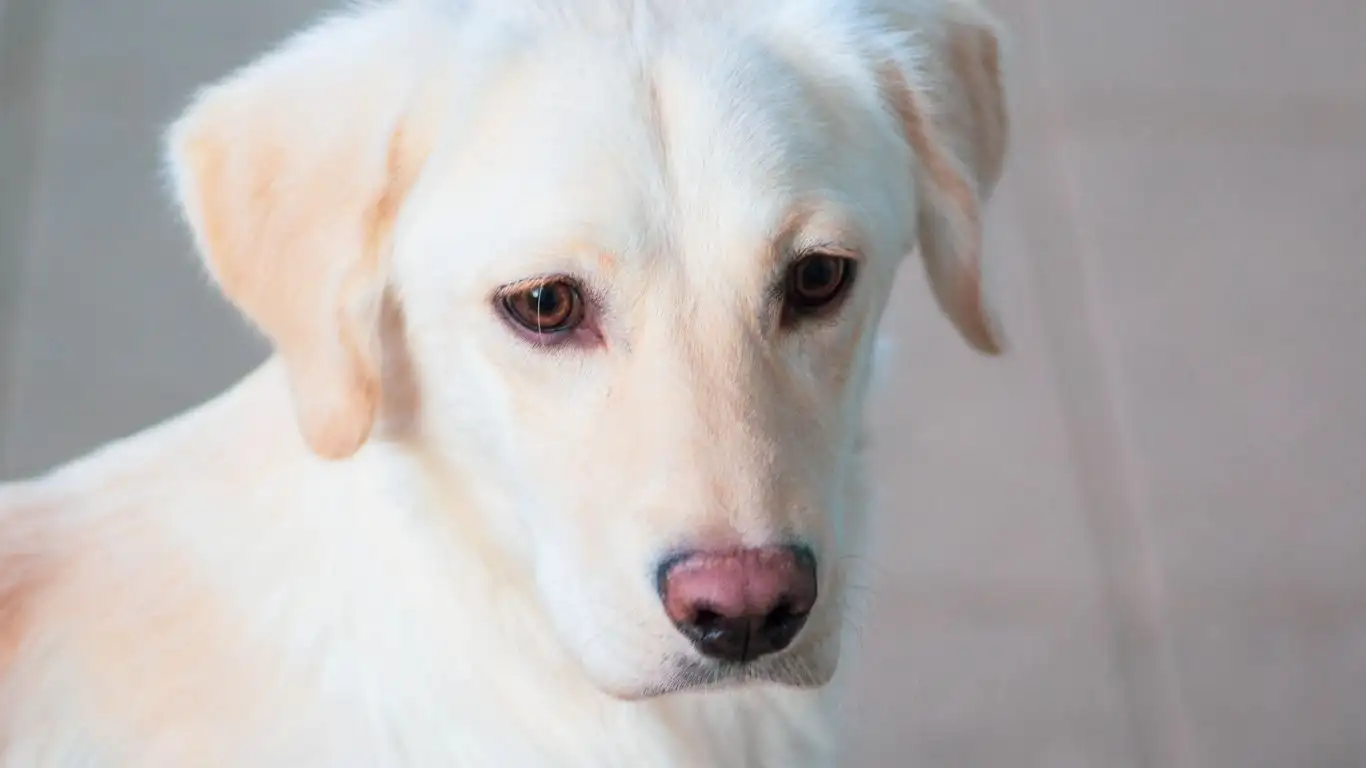
Once your dog has the basics down at home, it’s time to take that show on the road — literally. This is where things get interesting, because the real world is full of unexpected variables: kids dropping snacks, someone tossing popcorn to pigeons, or even that mystery pile your dog is just dying to investigate. When people ask me how to train a dog to ignore food in public spaces, I always say: repetition in real-life environments is the secret sauce.
Scout Your Training Zones
I like to pick a few “practice zones” where distractions are moderate — think quiet parks or walking trails. The idea is to let your dog experience real-world temptations without overwhelming them. I once trained a Labrador named Benny in front of a local café. At first, he was fixated on every crumb. But within a couple of weeks of short, positive sessions, he was trotting past sandwich crusts like a total pro.
Leverage Distance First
Don’t start five feet from a slice of pizza on the sidewalk — start 20 feet away. Let your dog observe the distraction without pressure. As they succeed, slowly decrease the distance. It’s all about building wins.
Using High-Value Rewards Strategically
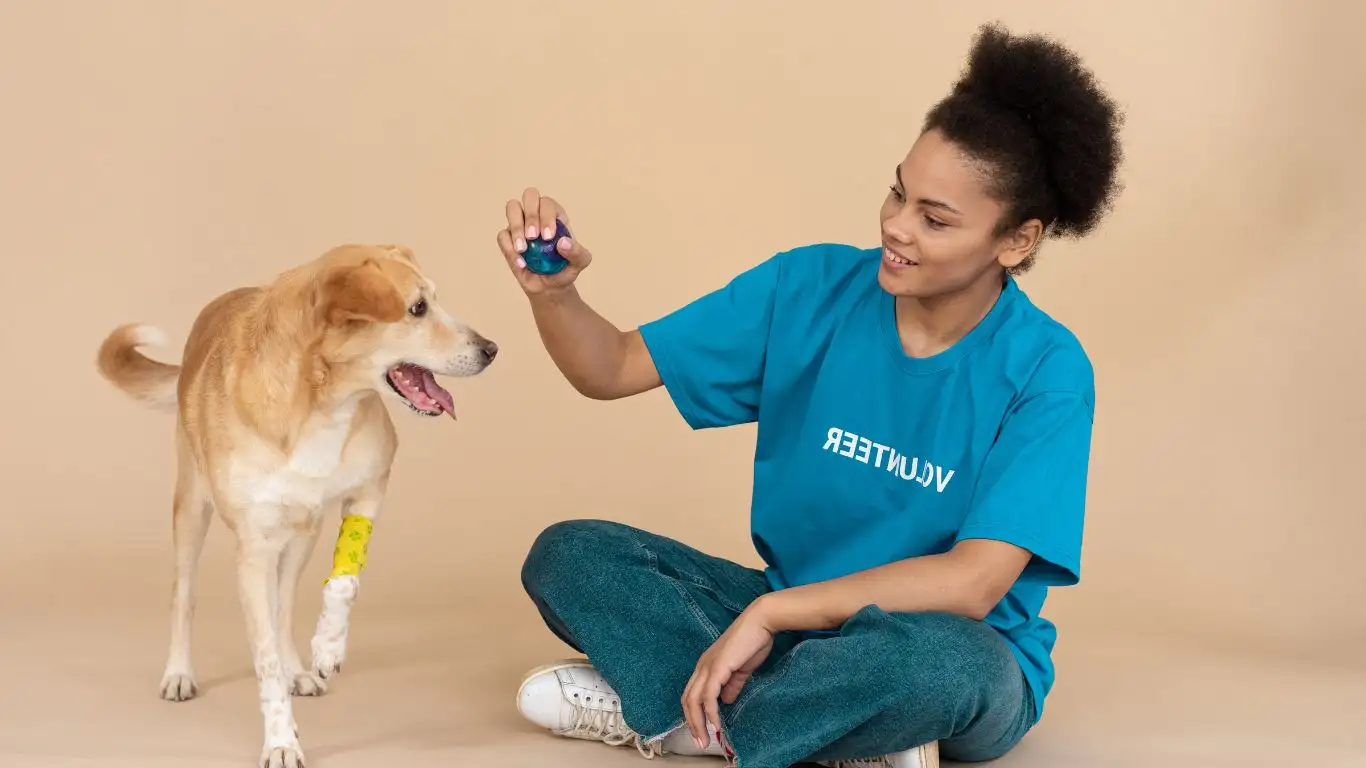
Here’s a little trainer truth: your reward has to be more exciting than the distraction. Sounds obvious, but you’d be surprised how many people try to bribe their dog with dry kibble while competing with a half-eaten hot dog.
What Counts as High-Value?
- Bits of cooked chicken or turkey
- Freeze-dried liver
- Cheese chunks (if your dog tolerates dairy)
- Soft, stinky treats designed for training
And yes, I’ve absolutely pulled out a squeeze tube of peanut butter on a walk. When you’re dealing with street fries, you need to bring your A-game. Just remember: rewards should be tiny — think pea-sized. We’re reinforcing, not feeding a buffet.
Proofing the Behavior: Adding Layers of Challenge
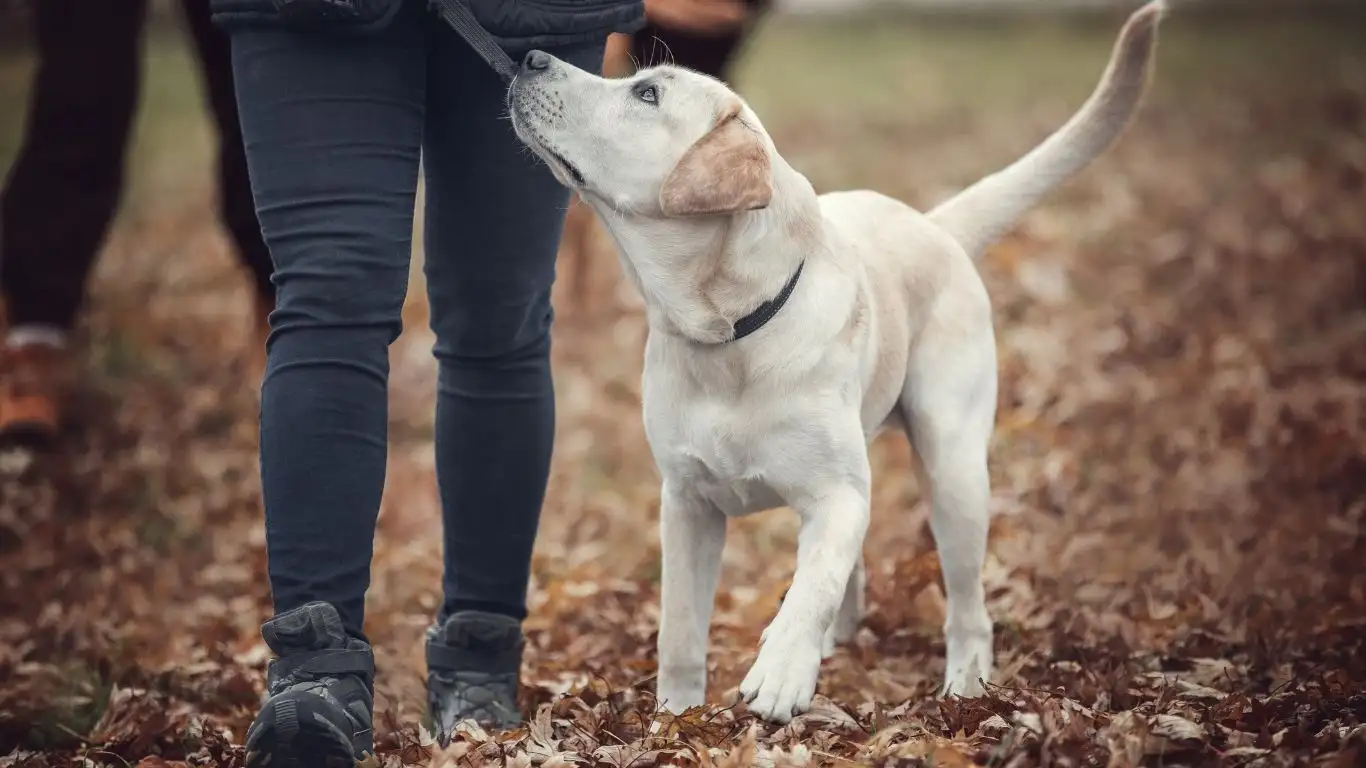
Once your dog is handling typical distractions with confidence, it’s time to up the ante. This is where you’ll start seeing real transformation — and it’s honestly my favorite stage. It’s like watching all the pieces click together.
Introduce Movement and Surprise
Try dropping food while walking or tossing a treat nearby. Practice the “leave it” command in motion. Your dog should learn that ignoring the food is expected, no matter what else is going on. This kind of proofing is especially important for dogs working in therapy or public access settings.
Mix Up Your Environment
Train near bus stops, farmers markets, or even busy downtown corners. Of course, safety first — keep your dog on a leash and only practice where it’s legal and low-risk. The goal is to teach them that the rules don’t change just because the scenery does.
Use Real-Life Reinforcement
Eventually, start fading food rewards and replace them with access to something your dog loves — a favorite toy, praise, or even the chance to keep walking. This keeps the behavior sustainable long-term. For example, I once worked with a therapy poodle named Luna who was obsessed with tennis balls. After she ignored a whole scattered trail of popcorn at the park? Boom — out came the ball. That kind of reward hits different.
Involve the Whole Family (Yes, Really)
Consistency is key, and that means everyone your dog interacts with needs to be on the same page. If one person is sneaking them fries at the table while you’re trying to train “leave it” on walks, you’re gonna be stuck in neutral.
Tips for Getting Everyone on Board:
- Set household rules — No one feeds the dog from their plate, period.
- Teach kids the commands — Make it fun and interactive.
- Practice together — Take turns giving the “leave it” cue and reinforcing it.
One family I worked with even turned it into a game — they’d randomly place treats on the floor during movie night and see who the dog would listen to best. It built teamwork and made training feel less like a chore.
Staying Consistent When Life Gets Messy
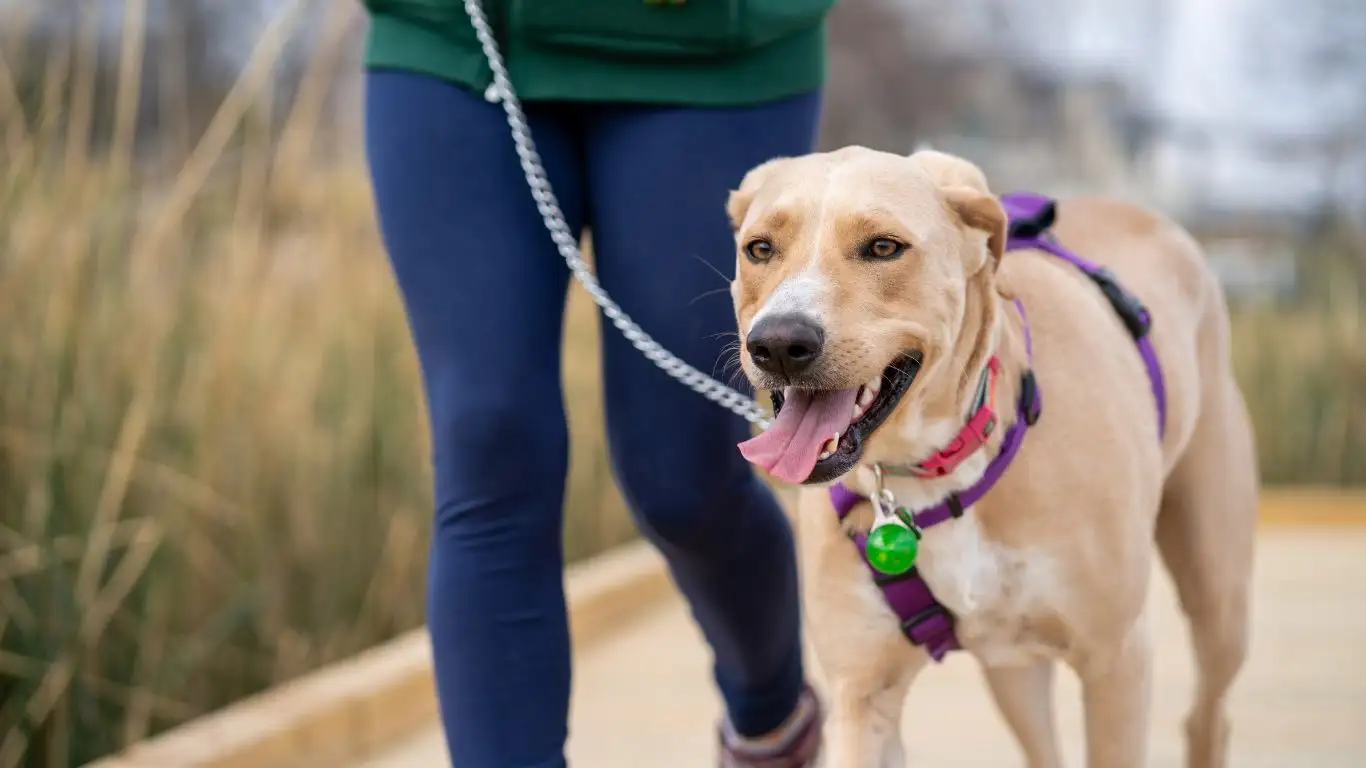
Alright, let’s talk about the not-so-glamorous side of training — the part where real life happens. Because let’s be honest, no matter how many hours you’ve spent on the “leave it” cue, your dog’s going to have off days. And so will you. I remember once heading out for a morning walk with my Border Collie, coffee in hand, not fully awake — and boom, she darted toward a muffin someone had dropped by a bench. Total reflex. We had to reset and go back to basics for a bit.
That’s totally normal. Progress in dog training is rarely linear. One day, your pup’s ignoring food like a saint. The next, they’re snout-deep in a donut. What matters is how you respond. Staying calm, redirecting, and being consistent — even when it’s inconvenient — is what builds long-term success.
When Setbacks Happen, Reframe Them
Instead of getting frustrated, think of mistakes as training opportunities. Re-engage with a simple exercise like “watch me” or take a few steps back in difficulty. Reward small wins again. This kind of consistency is what separates short-term fixes from lasting habits.
What If Your Dog Is Extra Food-Motivated?
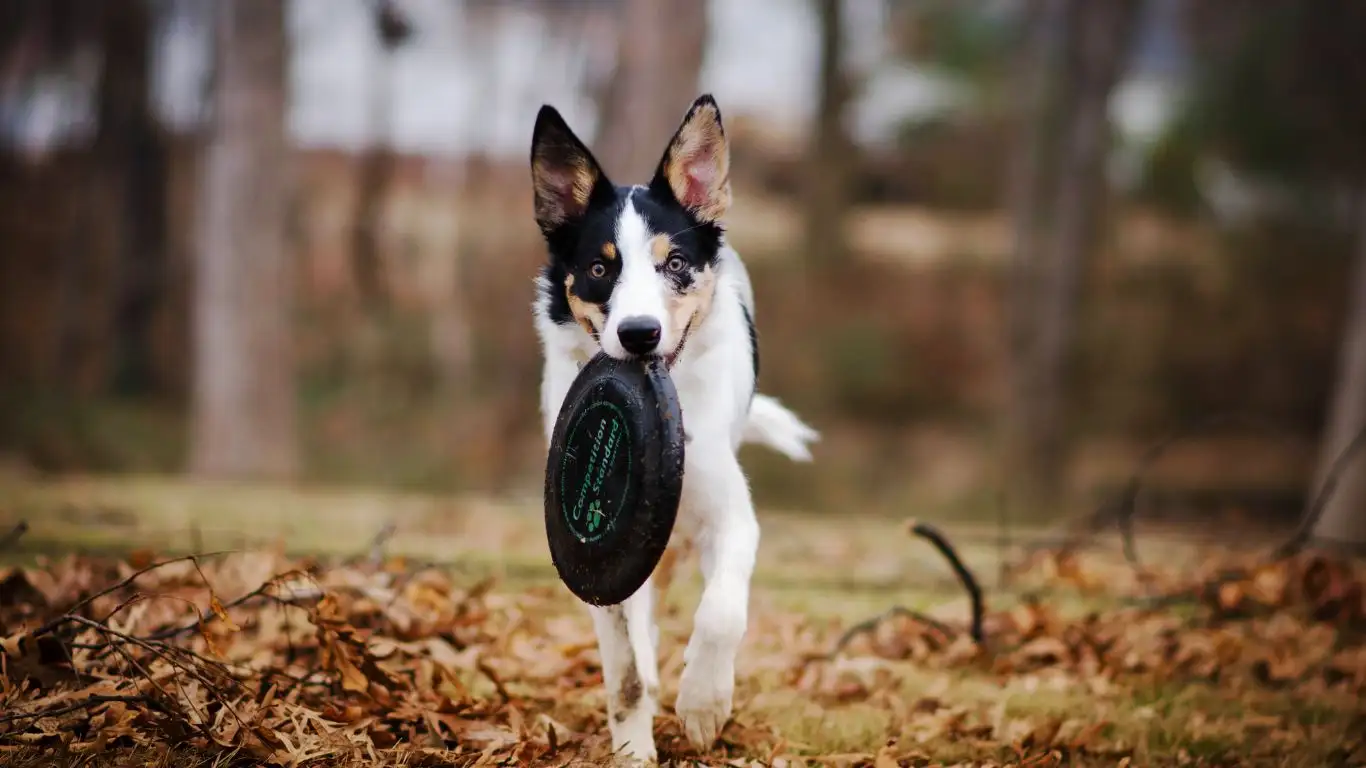
If your dog acts like every walk is a scavenger hunt, you’re definitely not alone. Some breeds — like Beagles, Labs, and Frenchies — are more driven by food than others. I’ve worked with therapy dogs that would pass every distraction with flying colors… until someone pulled out a crinkly food wrapper. Instant meltdown.
Try These Extra Reinforcement Hacks:
- Pre-walk training session: Burn a bit of mental energy with 5 minutes of training before heading out. A mentally worked dog is usually more focused.
- Use a treat pouch: Quick access makes rewarding fast and consistent.
- Practice “leave it” with impulse triggers: Use dropped kibble at home, or practice while holding a piece of food in each hand to build discipline.
Also, sometimes just changing up the reward helps. Dogs can get bored with the same treats — switch it up with fresh options or use play as a reward if your dog values that more.
Graduating From Training to Real-World Confidence
When your dog starts ignoring food in the wild without even a prompt — that’s when you know the training is truly sticking. And wow, does that feel good. I remember taking one of my therapy dogs into a hospital setting where someone had dropped part of their lunch in the hallway. He looked at it, looked at me, and walked right past it without hesitation. That kind of trust is gold.
Signs Your Dog Is Ready:
- They respond to “leave it” even in new environments.
- You can walk past high-value distractions with zero lunging or hesitation.
- They check in with you automatically when something tempting appears.
Keep refreshing the skill every few weeks. Training isn’t a one-and-done thing — it’s a lifelong practice that just gets smoother over time. The more you practice, the more natural it becomes for both of you.
Real Talk: Why This Matters Beyond Manners
For dogs involved in therapy, service work, or even just out in public a lot, ignoring food isn’t just a nice-to-have skill — it’s essential. It shows discipline, trust, and handler focus. And it can prevent serious medical emergencies. I’ve met more than one dog owner who had a scare after their pup gobbled something toxic during a walk.
Training them to resist that urge can literally save their life. It’s not just about obedience — it’s about partnership and safety. That’s something I always emphasize in my work as a trainer, and something I pass on to the families and handlers I coach.
Resources & References
- American Gastroenterological Association – For info on how certain foods affect canine digestion
- ASPCA – Toxic food list for dogs and emergency advice
- CCPDT – Certification Council for Professional Dog Trainers
Disclaimer
This article is based on my personal and professional experience as a Canine-Assisted Therapy Trainer. The techniques shared here are for general informational purposes only and are not a substitute for personalized veterinary or behavioral advice. Always consult your veterinarian or a certified trainer for concerns specific to your dog’s health or behavior.
